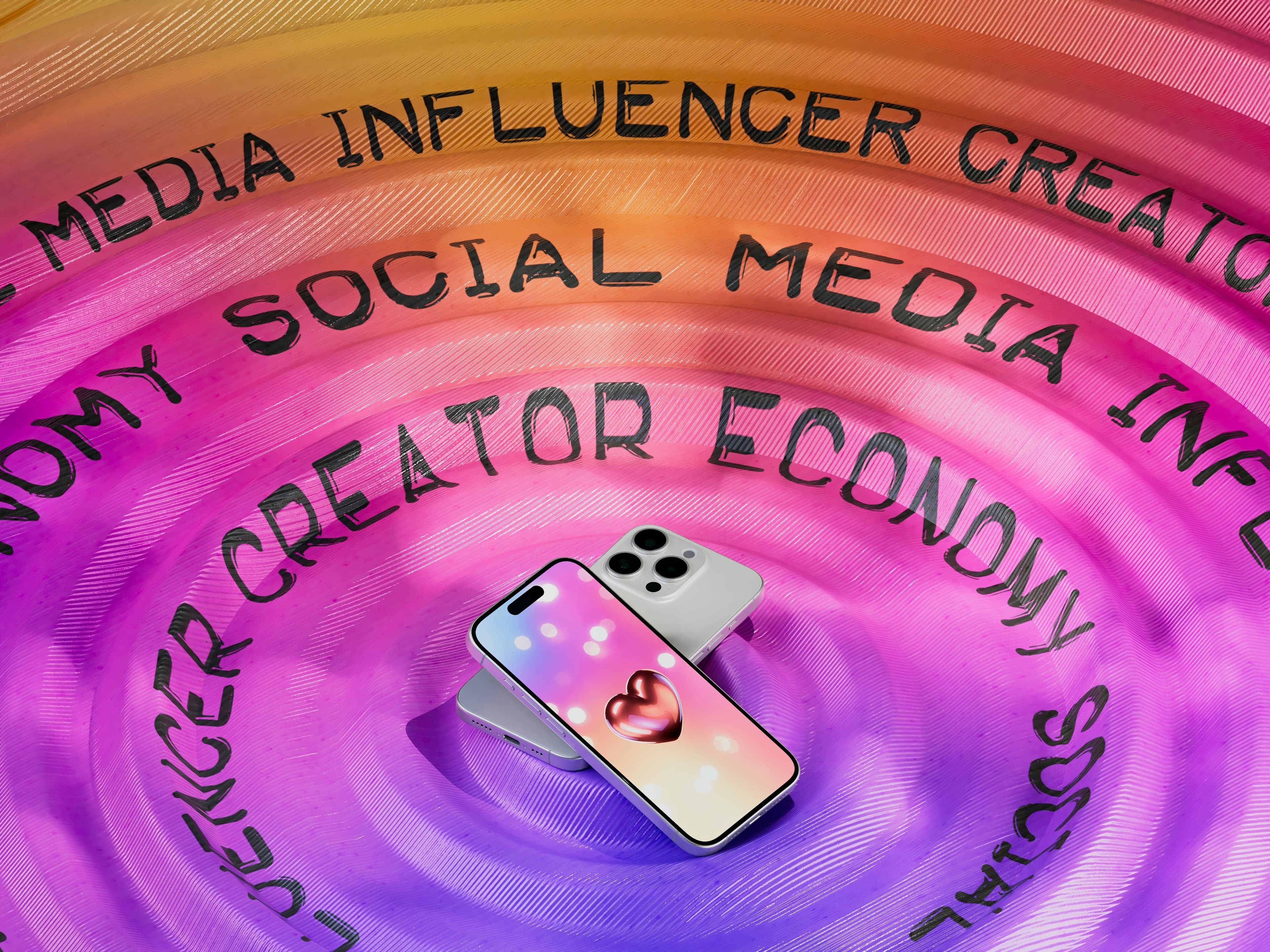Blog

Why 2026 is the year to sell digital and why you need to get started now.
There has never been a better time to start selling online.
Let me guess, you have been dreaming about building your own business, or at least a side hustle. Maybe you want the freedom (you could be working poolside right now), or the flexibility (you want to pick your kids up from school) or the security (an income stream you own that no one else can take from you).
You have an idea, or the beginnings of an idea, but….
The rigors of daily life get in the way. You need to plan for an upcoming vacation. A family member is sick. Your kids keep bringing home viruses and school projects that take up your time.
On top of this, your 9-5 is already draining you - and when you’re done all you want to do is become one with your sofa and your television.
Or maybe, lucky you, you have a big trip planned to the Himalayas and you really need to pack.
I get it!
Life is busy!
But the market waits for no one. If you want to start selling digital products, the time is now.
I’ve been paying close attention to our economy and creator trends and I believe there are three significant shifts underway that, when combined with an additional fourth ingredient, will culminate in the perfect storm for digital merchants who capitalize early.

Shift #1: From “Skills Gap” to Speed Gap
Since the 1980’s there’s been nervous chatter about impending “skills” gaps. Back then, the worry was that technical workers (like machinists) didn’t have the skills employers needed. In the 2010’s it was digital fluency: spreadsheets, coding basics, new software. Then, the pandemic hit and remote work tools created another wave.
Suddenly you really needed to know how to use Zoom, Figma, Miro, Teams, Trello, Notion….
A few short years later and AI has turned the volume all the way up. Not only do you need to be able to talk fluently about what an LLM is, you now need to know how to use AI to edit videos faster, to generate quality images, to do more with less.
When it comes to "getting stuff done", peers, colleagues and competitors suddenly have a metaphorical electric bicycle, even a bullet train, instead of a regular bicycle.
New tools, tactics, products and entire AI companies seem to appear almost daily.
The world doesn’t just need more skills, it needs faster learning. As AI reshapes industries week by week, the most useful knowledge isn’t in textbooks or lecture halls, it’s being packaged by creators into digital products.
We can still rely on the lecture halls and the textbooks to teach us about Beethoven, computer science, mathematics, chemistry and other eternal concepts that don't change with the seasons.
But the latest skills-based knowledge simply doesn't fall into this category. Most of the tactical knowledge you need to internalize to do productive knowledge work in 2026 did not exist in any educational format in 2023.
Think of a new AI workflow guide, a niche growth playbook, or a fresh productivity template. These resources ship and update at the same speed as the tools themselves.
What this means: The demand for creator-led learning will only grow. Creators who can filter noise, package what actually works, and update quickly are stepping into the role of trusted educators for a fast-changing economy. You are either going to be one of them, or you will learn from one of them.

Shift #2: The Creator Economy Has Hit a Tipping Point
YouTube’s latest updates have quietly reset the economics of being a creator. By introducing AI-powered editing, smarter live tools, and more flexible ad placements, the platform has made back catalogs more valuable than ever. Just like TV reruns with refreshed ad slots, older videos are generating meaningful new revenue. That changes the math: creators don’t just live or die by their latest upload anymore—archival content is now an asset that compounds.
Meanwhile, top creators are scaling like media companies. The Sidemen, a UK YouTube collective, have spun out into consumer products, live events, and even a venture capital fund. MrBeast’s “Beast Industries” generated nearly half a billion dollars in 2024. Creators are no longer just hobbyists. They’re operating as full-fledged businesses.
What this means: The ceiling has never been higher, but the floor is rising too. Audiences expect polish, brands expect professionalism, and new entrants are competing not with hobbyists but with startups. But don’t worry, keep reading. AI is here to help…

Shift #3: The AI Democratization Wave Is Resetting the Bar for Entry

AI is now built into the platforms creators use every day. YouTube can auto-edit raw footage into highlight reels. Descript trims filler words and edits video “like a doc.” Runway generates B-roll or restyles clips without reshoots. Shopify Magic drafts product copy and generates images in seconds. What once required a small team—editing, copywriting, design, product setup—can now be handled by a single solo operator.
The floor might just have risen but you have all the tools you need to meet that challenge head on.
Solo creators can now match the output quality of small production teams. One person can manage video content, product photography, and store setup. The technical barriers have dropped. What remains is the decision to begin.
It used to be that [forward momentum + technical skills] was the combination to meaningfully move forward on digital selling.
Think about a web design agency twenty years ago - this agency would have needed entrepreneurial drive to find and attract clients who wanted a website built or improved. The agency would have also needed UI design, front-end engineering, and back-end engineering skills to host, design, develop and deploy the website projects for their clients.
Nowadays, website and web app platforms have significantly removed the technical barriers to deploying a website. Forward momentum is mostly what is needed. Wix, WordPress, Squarespace, Shopify, Lovable or a dozen other tools can handle a lot of the technical skills.
Digital selling is entering this curve. Less technical skills needed than five years ago; more competition.
The balance is tilting to the "forward momentum" ingredient being the most potent. Knowing how to use video editing, audio editing, web and app development tools... the value of these "pure skills" as any kind of moat is eroding.
The Fourth Ingredient: Job Losses Driving Independence
Let's overlay these three technological shifts with today’s economic climate, to place the significance our current moment (late 2025) into even greater focus. Tech layoffs over the past two years have displaced tens of thousands of highly skilled, digital-first workers. Many of them no longer trust that a “safe job” is really safe. Instead of chasing the next role at a shaky startup, they’re turning their expertise into courses, templates, and consulting offers—using digital products as the foundation for independence.
And junior positions are disappearing as the "junior thinking work" gets gobbled up by LLMs.
This exodus of talent from company hierarchies is an influx into the ranks of solopreneurship, creator-led businesses and lean SaaS teams, accelerating both innovation and competition.
Even on New Year's Eve 2019, no one was likely to have predicted the twin shocks of 2020's pandemic-driven societal acceleration of remote work/entrepreneurship, and the subsequent explosion in 2022 of exponentially better AI. What might have taken years to plausibly play out in a different version of the 2020's has hit the market all at once: a new wave of savvy, motivated, digital-native creators.
2026 won’t just be the year creators earn more - it will be the year when disenchanted laid-off professionals re-enter the market as entrepreneurs, raising the bar for what digital products can be.
Why 2026 Will Be Different
Put it all together... 1️⃣ The speed gap in learning
2️⃣ The professionalization of creator platforms
3️⃣ The AI democratization wave
4️⃣ The potential surge of new solopreneurs after massive job losses
...and you'll see why 2026 won’t just be another growth year. It’s the new starting line for a fundamentally different world economy.
And, hey, we haven't even begun to talk about the rise of the robots - but let's make that a topic for another post. We'll check in on that in 2027.
The future belongs to creators who see the perfect storm coming and prepare early.
At SendOwl, our job is to make it simple for those creators—whether you’re a solopreneur, consultant, or scaling creator business—to package, sell, and deliver your digital products with ease.
Dani is the GM of SendOwl. She joined in August 2025 after working with creators on platforms like Skillshare (creative education platform that mixed direct and UGC content creation) and Wattpad (UGC creative writing that funnelled stories, content and trends to Hollywood). She loves nothing more than helping creators turn dreams into money.
community
Join our newsletter for the latest tips, updates,
and exclusive offers to supercharge your digital product sales.


